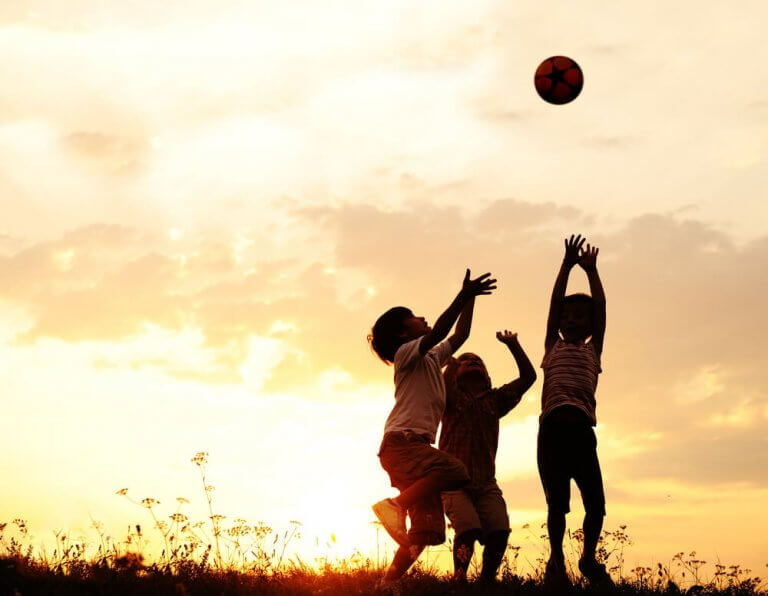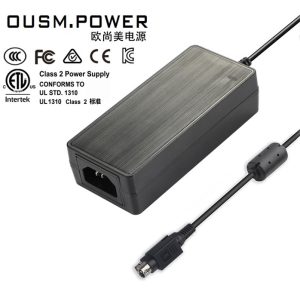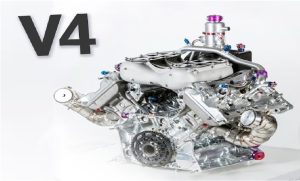The Importance Of Knowing Kinesthetic Intelligence

Kinesthetic intelligence is an important aspect of learning and understanding your body. In this post, you’ll learn exactly what kinesthetic intelligent is and the importance of teaching it in a classroom setting!
What is Kinesthetic Intelligence?
Kinesthetic intelligence is the ability to use your body effectively in your environment. It’s the “physical” part of intelligence, and it’s what allows you to do things like walk, run, jump, and dance.
If you have strong kinesthetic intelligence, you may be a good athlete or dancer. You probably have good coordination and balance. You may also be good at physical activities that require split-second timing, like martial arts or parkour. Check this indovinelli facili
People with weak kinesthetic intelligent may not be very good at sports or other physically demanding activities. They may trip over their own feet, or have trouble catching a ball. But that doesn’t mean they’re not intelligent! There are many different types of intelligence, and just because someone isn’t good at one type doesn’t mean they can’t excel in others.
The Importance of Kinesthetic Intelligent
It is estimated that approximately 40% of the population are considered to have a kinesthetic learning style. This means that they learn best by moving their bodies and physically experiencing things. For these individuals, traditional methods of teaching that involve sitting in a classroom and listening to a lecture can be quite ineffective.
There are many advantages to having a kinesthetic learning style. Individuals who learn best through movement often retain information better and are able to apply it more effectively. They also tend to be more creative and expressive than those who do not favor this learning style.
Unfortunately, our education system is not always well-equipped to deal with students who have a kinesthetic learning style. These individuals often struggle in school and may be misunderstood as being disruptive or uninterested. It is important for educators to be aware of the needs of kinesthetic learners and to find ways to accommodate them in the classroom.
There are a number of simple strategies that can be used to support kinesthetic learners in the classroom. Allowing students to take breaks throughout the day to move around or providing opportunities for hands-on learning can make a big difference. It is also important to provide clear instructions and demonstrations, as kinesthetic learners often need concrete examples in order to understand new concepts.
By understanding the importance of kinesthetic intelligence, we can start to create classrooms that are better suited to the needs of all students. Recognizing the value of this learning style can help us develop more effective educational practices and improve
Types of Kinesthetic Intelligent
There are three types of kinesthetic intelligent gross, fine, and proprioceptive.
Gross kinesthetic intelligence is the ability to use your large muscles to perform tasks such as running, jumping, and lifting. Fine kinesthetic intelligent is the ability to use your smaller muscles to perform tasks such as writing, painting, and playing a musical instrument. Proprioceptive kinesthetic intelligent is the ability to sense your body in space and make adjustments accordingly.
All three types of kinesthetic intelligent are important for different reasons. Gross kinesthetic intelligence is important for physical activities such as sports and exercise. Fine intelligence is important for activities that require manual dexterity such as crafting or cooking. Proprioceptive kinesthetic intelligent is important for activities that require balance and coordination such as dance or gymnastics.
Each type of kinesthetic intelligent can be developed through practice and experience. For example, you can improve your gross kinesthetic intelligent by participating in sports or other physical activity. You can improve your fine kinestic intelligence by participating in activities that require manual dexterity such as painting or pottery. You can improve your proprioceptive kinesthetic intelligent by participating in activities that require balance and coordination such as dance or yoga.
How to Develop Specific Types of Kinesthetic Intelligent
There are different types of intelligence, each with its own set of benefits. Below are three examples of how to develop specific types of kinesthetic intelligent:
- Proprioceptive Kinesthetic Intelligent
This type of kinesthetic intelligent is all about understanding how your body moves in space. It’s what allows you to catch a ball without looking at it, or ride a bike without thinking about it.
To develop proprioceptive kinesthetic intelligent, you need to engage in activities that require you to move your body in new and challenging ways. This could include things like yoga, rock climbing, or dance.
- Interpersonal Kinesthetic Intelligent
Interpersonal intelligence is all about understanding the movement of other people’s bodies. It’s what allows you to read someone’s body language or anticipate their next move in a game of chess.
To develop interpersonal kinesthetic intelligent, you need to engage in activities that require you to interact with other people. This could include things like team sports, improv comedy, or martial arts.
- Object-Oriented Kinesthetic Intelligent
Object-oriented kinesthetic intelligent is all about understanding the movement of objects in relation to your body. It’s what allows you to catch a Frisbee or hit a golf ball.
Can You Lose Kinesthetic Intelligenct?
It’s commonly accepted that intelligence comes in many forms. There’s emotional intelligence, social intelligence, and even intelligence – which is the ability to understand and control body movements.
But can you lose Kinesthetic intelligent?
The answer is yes – just like you can lose any other form of intelligence. Studies have shown that people who suffer from a stroke or other brain injury can lose the ability to control their body movements. And it’s not just an issue of physical rehabilitation; the damage done to the brain can be permanent.
So what does this mean for people who rely on Kinesthetic intelligent?
For one, it means that they need to be extra careful to avoid any injuries that could potentially damage their brain. It also means that they need to be aware of the possibility of losing their Kinesthetic intelligent and take steps to protect against it.
Summary
It has been said that kinesthetic intelligence is the “ability to use one’s body to solve problems or create products.” This type of intelligence is often overlooked, but it is actually very important. Here are four reasons why you should care about kinesthetic intelligent
- It can help you learn new things.
If you have trouble learning something by simply reading about it or listening to a lecture, kinesthetic intelligence can help. By using your body to physically experience something, you can more easily understand and remember it. For example, if you are trying to learn a new dance move, it will be much easier to pick up if you actually get up and dance instead of just watching someone else do it.
- It can make you more successful in sports.
Having good kinesthetic intelligent can give you an edge in any sport. Being able to control your body and anticipate how it will react in different situations can help you perform better than your opponents.
- It can improve your coordination and balance.
Developing kinesthetic intelligence can help improve your coordination and balance. This is because when you are constantly using your body to solve problems or create things, you are helping your brain to better understand how your muscles and joints work together. This understanding then transfers over into everyday life, making activities that require coordination and balance, such as riding a bike or playing tennis, much easier for you.







